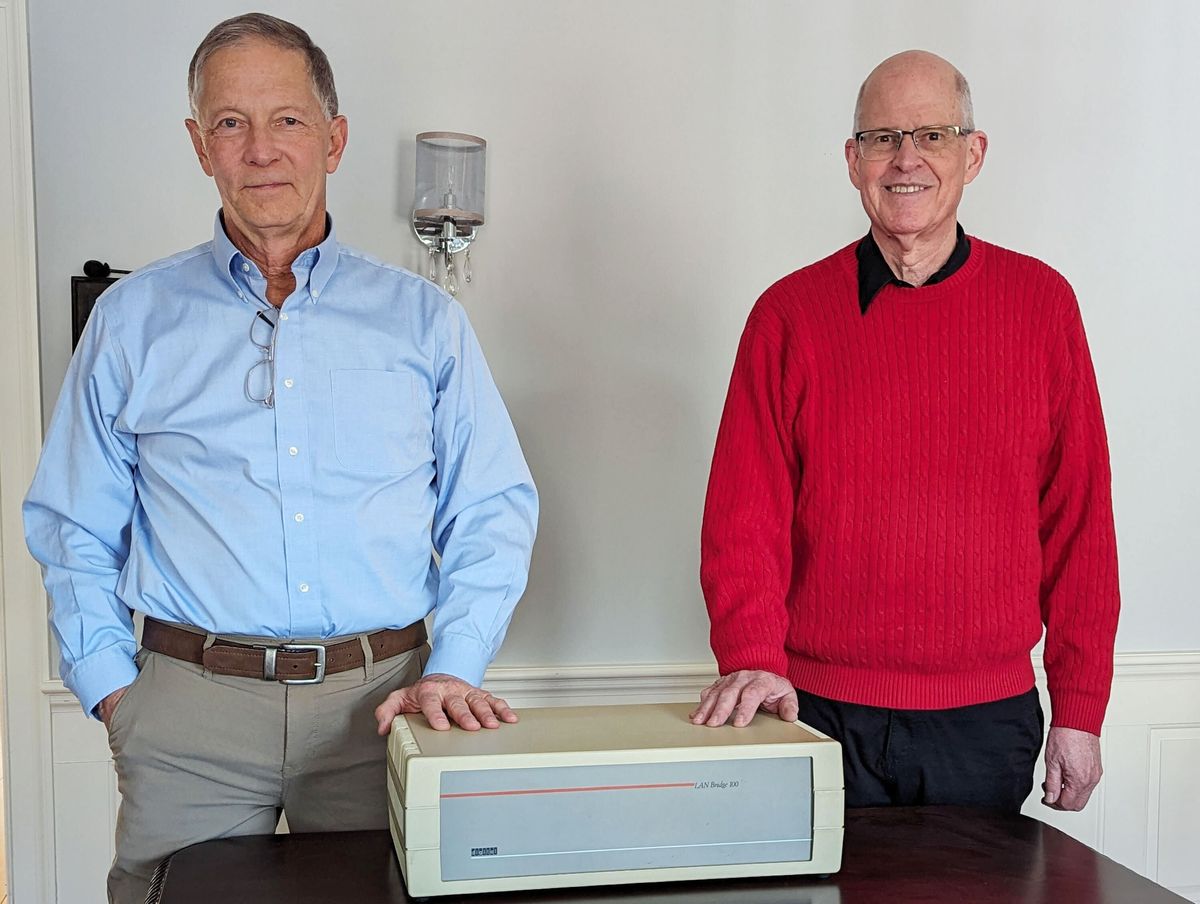You might have seen this demo in a classroom or science museum: a jet of compressed air keeps a ball floating above the ground, seemingly defying gravity. Now a pair of grad students at the University of Illinois at Urbana-Champaign have taken the trick to the next level. The result will blow your socks off.
Aaron Becker and Robert Sandheinrich, with help from professor Timothy Bretl, built a computer-controlled air jet system that can make spherical objects like ping-pong balls not only float in place but also move along complex trajectories -- even performing some acrobatic maneuvers like passing through wire loops. Their robotic air blower can also sort balls of different weights and precisely propel balls toward a target. And it can lift an apple and non-spherical objects like a water bottle. Did we mention it works great as a high-speed onion peeler?
The system consists of a gimbaled air jet with two degrees of freedom. The air jet is supplied up to 620 kPa through a DC motor-controlled valve. Stereo vision cameras track the objects, and a control algorithm uses the position data and a fluid dynamics model to adjust the air jet, varying its speed and direction to keep the object in equilibrium.
Making a plastic ball "levitate" using compressed air is an old trick (the fast moving air creates a low pressure zone around the ball that traps it), but the UIUC guys had to solve a number of hurdles in engineering their system. The design of the control system, in particular, was a big challenge because the dynamics of the air flow can exhibit chaotic behavior, which is hard to model, and also because adding more than one ball changes the flow field in complex ways. Still, the system can manipulate spheres of various sizes (12 to 97 mm in radius and 2.6 to 188 g in mass).
Now, what would you do with such a thing? The students, who presented their work at this year's IEEE/RSJ International Conference on Intelligent Robots and Systems [full paper here], say that non-contact manipulation with an air jet could be used in applications that involve sorting small parts or handling flexible, delicate objects such as clothes, paper, and sliced fruit. Whether or not industry will adopt their invention, one thing is certain: they had a lot of fun building it.
Video: Aaron Becker and Robert Sandheinrich
Erico Guizzo is the Director of Digital Innovation at IEEE Spectrum, and cofounder of the IEEE Robots Guide, an award-winning interactive site about robotics. He oversees the operation, integration, and new feature development for all digital properties and platforms, including the Spectrum website, newsletters, CMS, editorial workflow systems, and analytics and AI tools. An IEEE Member, he is an electrical engineer by training and has a master’s degree in science writing from MIT.

